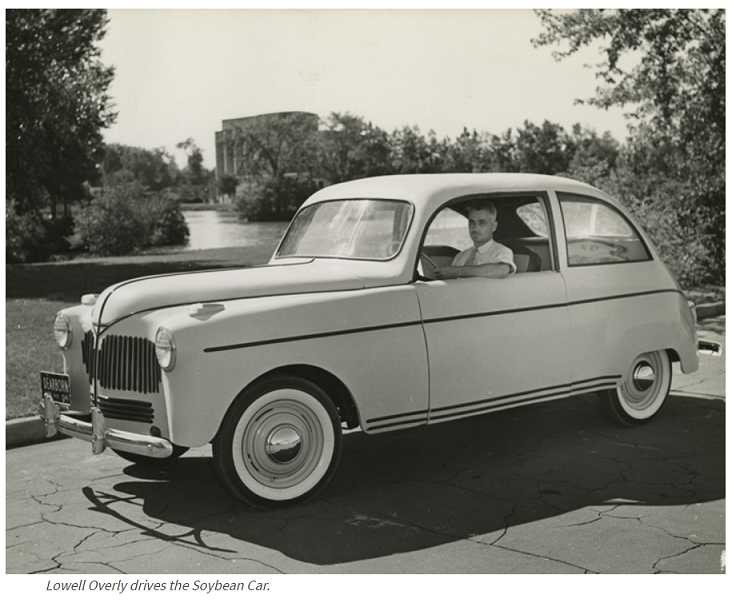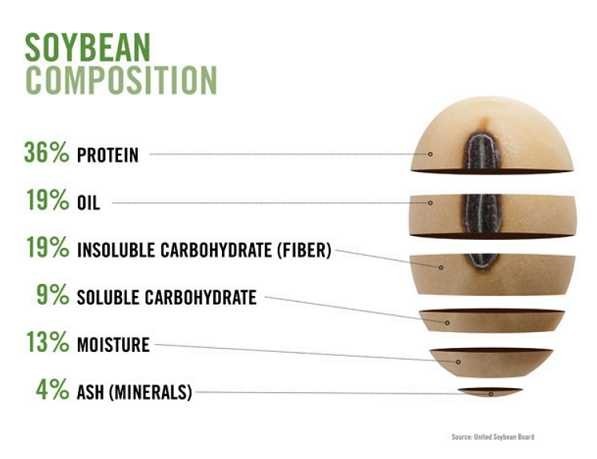Will the Soybean Car Sprout Again?
 Many people associate soybeans with retail foods and animal feed. The little bean has even been used to make carpets, crayons and industrial lubricants, but not many people know it was also once used to build a car.
Many people associate soybeans with retail foods and animal feed. The little bean has even been used to make carpets, crayons and industrial lubricants, but not many people know it was also once used to build a car.
That's correct—back in the 1940s in Dearborn, Michigan, Henry Ford decided to conduct his own experiment with soybeans and used them to build a vehicle known as the “Soybean Car.” We at Color Recon, located in Orlando, FL, find this so fascinating that we have put together some intriguing facts about this the Soybean Car.
The Soybean Car
Ford had an interest in projects that combined agricultural products with industry. Because of this, he looked into different ways of incorporating alternative materials into the vehicles Ford Motor Company manufactured. After finding a book about soybeans, Ford learned about the bean’s various uses. He even began serving foods made out of soybeans, which was uncommon at that time. After further research, he decided to try using them to make plastic body panels for automobiles.
E.T. (Bob) Gregorie was originally asked to design such a car; however, Ford turned over the project to Lowell E. Overly. Overly had a background in tool and die design and worked in Ford’s soybean lab in Greenfield Village. He teamed up with a chemist named Robert A. Boyer to build the vehicle. It was often described as a “plastic car made from soybeans.”
Ford reportedly said that a soybean car would be safer to drive due to its use of plastic panels and it could even roll over without being crushed. The visionary also thought the plastic could potentially replace some of the metal in the vehicle, which was at a shortage during that time.
More Interesting Facts About Henry Ford’s Soybean Car:
1. The structure of the Soybean Car consisted of a tubular steel frame supported by 14 plastic panels. 
2. Many believed the panels were made out of soybeans and other materials, such as wheat, hemp, flax and ramie. According to Overly, they consisted of, “…soybean fiber in a phenolic resin with formaldehyde used in the impregnation.” There is no record of the formula today.
3. The Soybean Car weighed approximately 2,000 pounds, which was substantially lighter than a similar vehicle of its size built with steel.
4. On August 13, 1941, the Soybean Car prototype was presented at an annual community festival called Dearborn Days. It was also on display at the Michigan State Fairgrounds.
5. During World War II, production was halted on a second soybean vehicle in the process of being built. The original car was reportedly destroyed by Gregorie.
More than 65 years later, the company is still searching for ways to incorporate renewable materials into its vehicles. In 2007, Ford began using soy foam in the seat cushions and backs of some of its automobiles. All of its cars have been built this way in North America since 2011, according to Ford. Eight-five of the headrests also use soy foam.
Ford Motor Company said that using soy foam in its vehicles reduces its annual CO2 emissions.
Today, there are more than 15 million cars on the road with soy foam seats. The next time you see a Ford in FL, think of soybeans and remember Henry Ford.
Sources: Hemmings.com, Ford Corporate and the Henry Ford Foundation















 Many people associate soybeans with retail foods and animal feed. The little bean has even been used to make carpets, crayons and industrial lubricants, but not many people know it was also once used to build a car.
Many people associate soybeans with retail foods and animal feed. The little bean has even been used to make carpets, crayons and industrial lubricants, but not many people know it was also once used to build a car.
Social